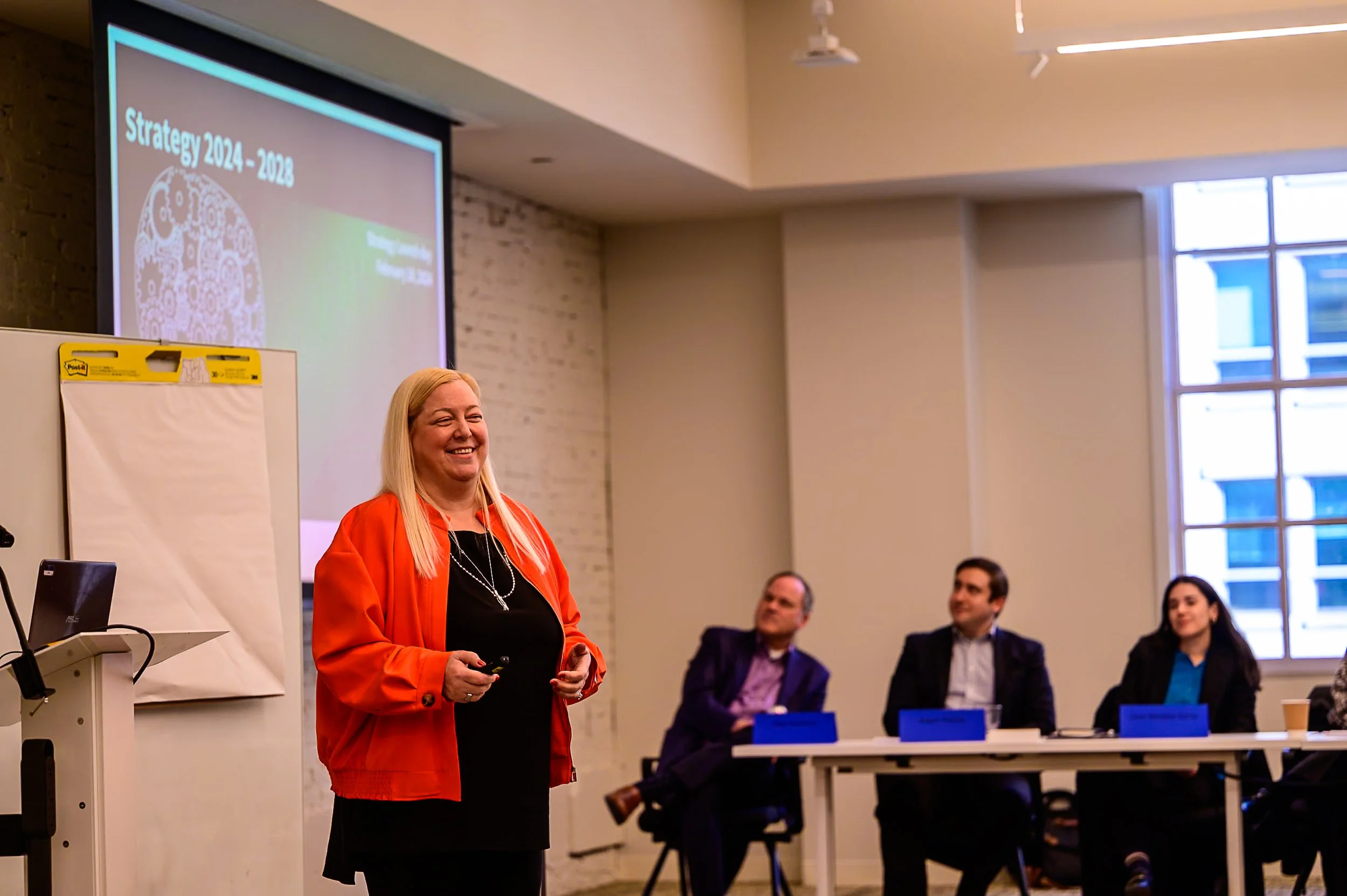
Arc Aspicio Achieves Appraisal at CMMI-Services Maturity Level 3
Arc Aspicio Achieves Appraisal at CMMI-Services Maturity Level 3
Arlington, VA, December 10, 2020 — Arc Aspicio achieved an appraisal at CMMI (Capability Maturity Model Integration)-Services Maturity Level 3 on October 21, 2020. CMMI is a Model that is used to guide process improvement across projects, divisions, and organizations, from Carnegie Mellon University’s CMMI Institute.
Arc Aspicio uses CMMI, a process level improvement training and appraisal program recognized for Government and commercial clients, as an indicator of high quality performance. Arc Aspicio acquired an appraisal that indicates that the company’s services are performing at maturity Level 3 ‘defined’. At this level, a company characterizes, understands, and describes their processes in standards, procedures, tools, and methods. This makes it easy for projects to apply the processes to achieve repeatable, high quality results.
“Arc Aspicio is excited to have our existing processes recognized at Level 3 of the maturity model. It shows our current and future clients that we are a high value, low risk choice for complex services projects,” stated Rob O’Keefe, President, and sponsor of the company’s CMMI initiatives. “Our team did an amazing job collaborating to demonstrate that we fully met Level 3 requirements in only seven months. The effort also demonstrated that our processes exceeded Level 3 in some areas.”
The addition of the appraisal at CMMI-Services Level 3 indicates that Arc Aspicio has proven, mature, and well-defined processes and disciplined approaches to managing professional services projects. These processes, supported by CMMI best practices, allow the company to deliver mission results with lower risk to clients. An appraisal at CMMI-Services Level 3 allows Arc Aspicio to be more competitive in large Government-Wide Acquisition Contract (GWAC) bids and improves their enterprise and delivery processes to increase quality, and therefore, better serve their clients.
Contact Information
Lynn Ann Casey
Chief Executive Officer
info@arcaspicio.com
1.703.465.2060





















